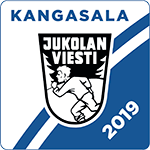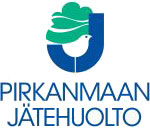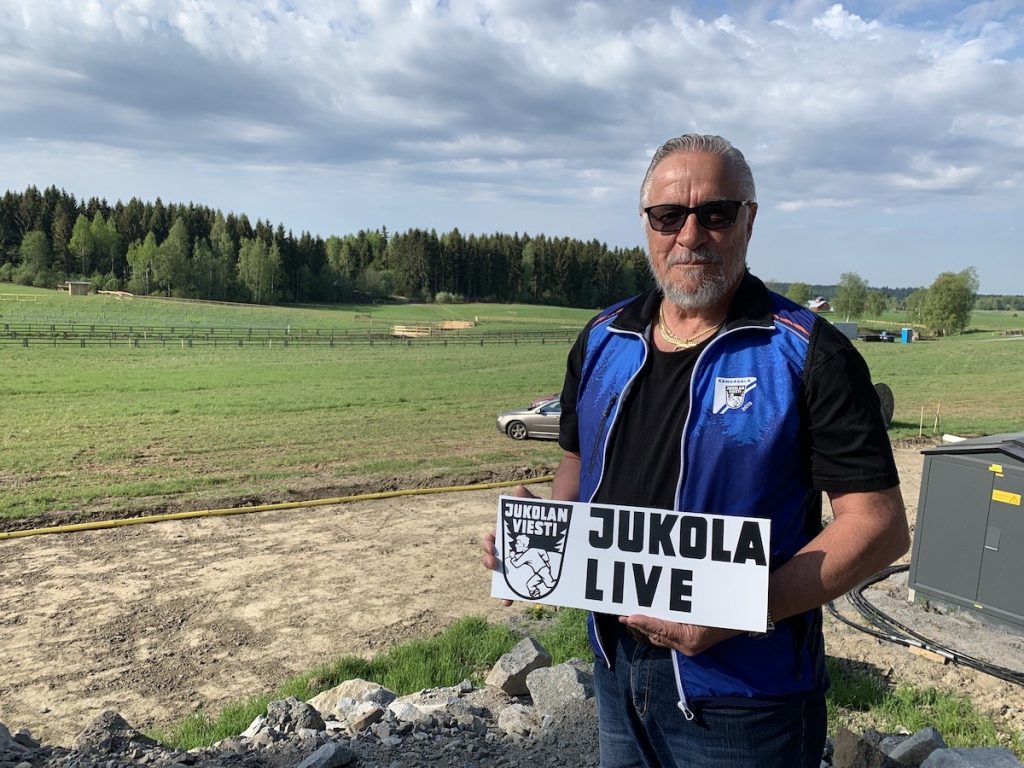The 2019 Jukola Relay has already broken its first record, namely that of the number of competitors. Well over 20,000 orienteers will arrive in Kangasala. The competition management and approximately 1,900 volunteers will make sure that everything goes smoothly, and both the competitors and spectators get to enjoy a unique experience.
The event area is located in Heponiemi in Kangasala. Map and Course Manager Mikko Heikkinen is in charge of planning the area. He is both a planning professional and experienced participant of the relay: he has already 40 Jukola Relays under his belt. What has been the most challenging thing in planning the Jukola Relay in Kangasala?
“The most challenging thing is to build everything on a field. You have to start from nothing, with the exception of a service building to a future indoor riding arena where we can locate the first aid services. The competition centre will be more compact and densely built than ever before in the Jukola Relays. Consequently, all activities will be concentrated in a relatively small area. It is an advantage because both the tent and parking areas are close by,” says Mikko Heikkinen.
“On the other hand, it is a challenge to dimension the structures so that there is enough of everything to ensure smooth activities but not too much, because everything has to be taken down in the end. Excessive construction increases costs both in the construction and dismantling phase,” he continues.
The actual construction project is led by Jouko Jauhia, who is the head of the Field Committee. What exactly is being built to the competition area?
“The competition centre in its entirety and the related infrastructure, that is the roads, electricity, sewer lines, water pipes and signage for the accommodation areas. For example, over 3 km of fencing has been erected. The area will accommodate approximately 16,000-18,000 athletes. 17 large tents will be pitched to host services related to dining, business and competition activities, and 400 half-platoon army tents to accommodate competitors. In addition, a thousand spots of 100-m2 in size will be marked to allow sports clubs to pitch their own tents.
The competition centre includes the starting and finishing areas, changeover zones, warming up areas and commercial services such as restaurants and shops, as well as the sauna facilities, first aid and the facilities for media representatives, and also a forest path for enjoying a moment of peace and quiet.
The construction project involves 10–30 volunteers on a daily basis. The volunteers are highly experienced and get things done very quickly. They need little guidance as to how things need to be done,” Jouko Jauhia says, visibly pleased.
The competition management has taken care of land leasing, and the landowners will receive specific compensations for allowing the use of their land. The compensation depends on the purpose of the land use.
The competition was assigned to Kangasala back in 2014, but the actual agreement on the organisation of the Jukola Relay in Kangasala was signed by the Finnish Orienteering Federation, association Kaukametsäläiset and orienteering club Kangasala SK in May 2017. Soon after, Jouko Jauhia was invited to serve as the head of the Field Committee.
“Competition Director Harri Virta contacted me a couple of years ago. I studied the construction of such a complex in the 2018 Jukola Relay in Lahti-Hollola for ten days. Personally, my orienteering experience is limited to my time spent in the army where I was, however, awarded for being the best orienteer of the company. I got a compass as an award,” Jouko Jauhia says nostalgically.
The planning and construction process of the Jukola Relay has been demanding and busy, but there have been no unpleasant surprises. However, the process to restore the area after the event will have to take place in a tight schedule.
“The landowners were promised that all temporary roads and structures would be removed from the area by the end of June. Crushed stone and sand must be removed to make the fields ready for cultivation in early July. We will probably have to make haste,” says Jouko Jauhia.
Another challenge is traffic.
“Everybody coming to the competition area will be using the same route, that is the Lahti Road, so we are hoping that people will allow sufficient time for the journey and arrive early to avoid congestion,” Mikko Heikkinen says with emphasis.
Work has progressed extremely well. All will be ready for the over 20,000 competitors and spectators when the starting shot is fired on 15 June. It has been estimated that approximately 50,000 people will arrive in Heponiemi in Kangasala to celebrate the biggest ever orienteering event in Finland.
Text: Jyrki Lähteenmäki












